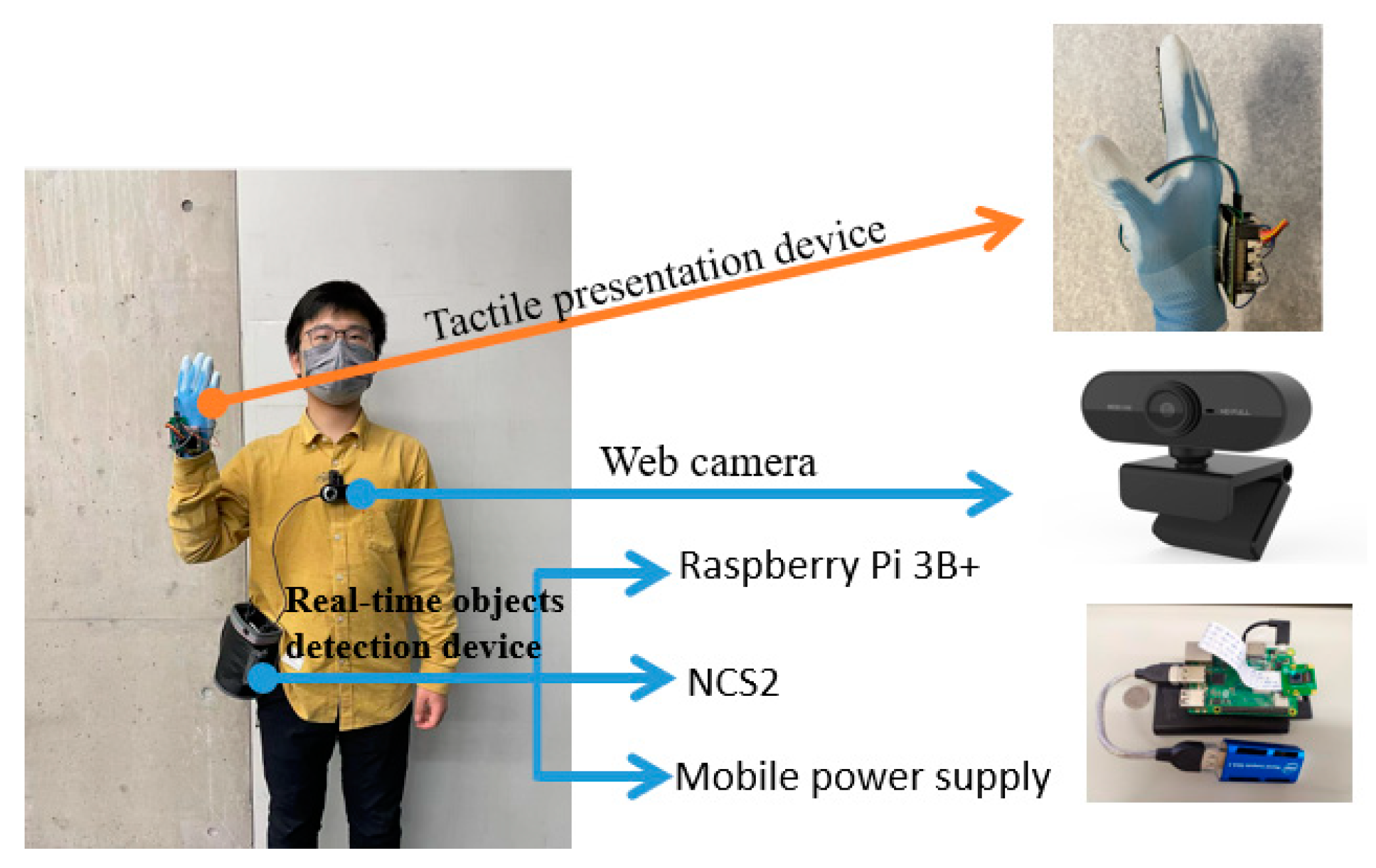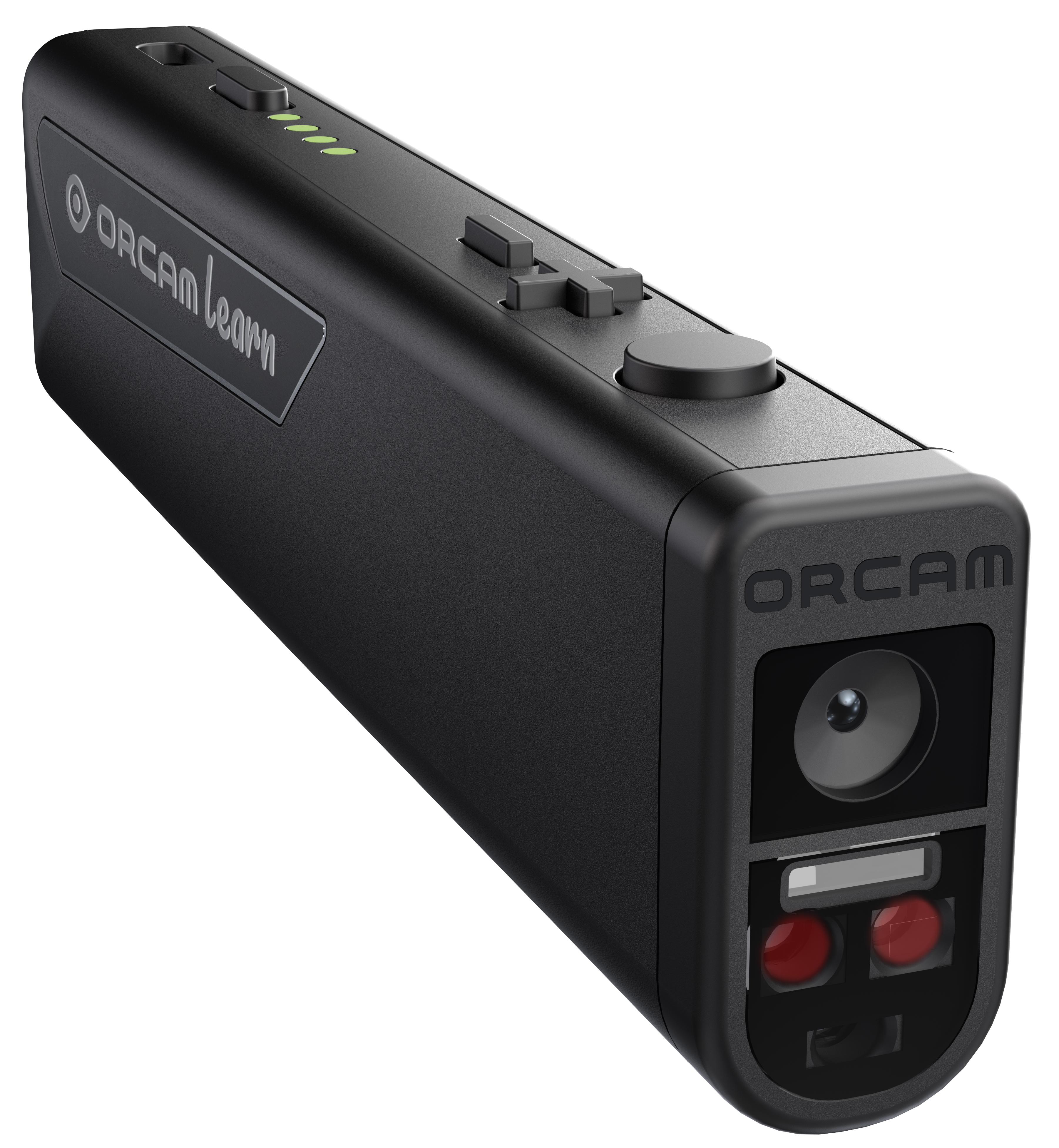Speech-to-Text Devices for Low Vision: Closing the Communication Gap
Speech-to-Text Devices for Low Vision: Closing the Communication Gap
Blog Article
Empowering Independence With Assistive Modern Technology for the Blind
The assimilation of assistive technology right into the lives of individuals with visual impairments represents a substantial improvement in promoting self-reliance and self-sufficiency. From ingenious screen readers to innovative clever walking canes, these tools not just improve daily navigation and communication however likewise equip users to involve meaningfully in numerous aspects of life. As we check out the myriad advantages and real-world applications of these modern technologies, it becomes vital to analyze the hidden variables that add to their performance and the possibility for future growths in this crucial field.
Review of Assistive Innovation
The development of assistive modern technology is based in concepts of inclusivity and empowerment. Innovations in software application, equipment, and sensory enhancements offer users with options tailored to their particular demands. From display viewers that convert message to speech, to tactile gadgets that communicate details through touch, these devices change the way people involve with their surroundings.
Along with useful applications, assistive technology promotes better social inclusion and participation in various markets, including education and work (Assistive technology for the blind). As r & d proceed to progress, the capacity for assistive innovation to even more improve the lives of visually impaired individuals remains appealing, leading the way for a much more fair society where every person can flourish
Kinds of Assistive Instruments
A variety of assistive devices have arised to support people with visual problems, each made to fulfill specific demands and improve everyday functioning. These devices vary from low-tech services to state-of-the-art innovations, offering varied options for customers.
Low-tech gadgets include magnifiers and large-print products that assist in reading and writing. Braille tools, such as Braille stylus pens and slates, enable tactile reading and communication. Alignment and wheelchair aids, like white walking canes, assist users browse their atmosphere securely.
On the greater end of the range, digital magnifying systems and display readers supply substantial assistance. Digital magnifiers allow users to increase the size of text and pictures on displays, while screen readers transform digital web content into manufactured speech, facilitating access to information on computers and smart devices.
Smartphone applications additionally play an essential duty, offering functions like text recognition and navigation aid. Wearable innovation, such as clever glasses outfitted with increased truth, is arising as an appealing device to enhance situational recognition.
Advantages of Assistive Modern Technology
The assimilation of assistive innovation substantially improves the high quality of life for people with visual impairments. These technologies empower individuals by promoting self-reliance, allowing them to browse their atmospheres better and carry out day-to-day tasks with better simplicity. Screen viewers and magnifying software program enable people to accessibility electronic details, cultivating academic and specialist chances that might have previously been out of reach.
Additionally, assistive tools such as clever walking canes and general practitioners applications provide real-time navigation assistance, improving flexibility and security. This enhanced autonomy not just improves self-worth but also urges social engagement, enabling customers to get involved even more completely in their neighborhoods.
Assistive technology likewise facilitates communication, assisting customers get in touch with others via voice acknowledgment and text-to-speech applications. This capacity is essential for preserving connections and accessing crucial details.
In addition, the modification choices available with many assistive technologies make sure that users can customize tools to their specific requirements, further improving usability and performance. In general, the advantages of assistive innovation for people with aesthetic disabilities are profound, promoting a more comprehensive culture where everyone can seek their objectives and aspirations.
Study and Success Stories
Highlighting the transformative impact of assistive innovation, numerous study illustrate exactly how people with visual problems have successfully incorporated these tools into their day-to-day lives. One engaging instance includes an university student who made use of screen reading software program to browse scholastic materials and on-line resources successfully. This modern technology not only promoted her education but additionally boosted her self-confidence in joining discussions and team projects.
One more situation research includes a specialist that utilizes a smart device application developed for navigating and object acknowledgment. By utilizing this application, he has regained autonomy in both his individual and job atmospheres, enabling him to commute independently and engage with colleagues a lot more effectively.
In addition, a senior citizen shared her experience with braille e-readers, which enabled her to access a substantial array of literary works and remain linked with her community with book clubs.
These success tales emphasize the crucial function of assistive modern technology in cultivating freedom, improving top quality of life, and advertising social assimilation for people with aesthetic disabilities (Speech-to-text devices for low vision). By welcoming these ingenious devices, users can get rid of difficulties and take opportunities that add to their individual and professional satisfaction

Future Patterns in Assistive Innovation
Advancement in assistive modern technology is poised to redefine the landscape of assistance for people with aesthetic Continued impairments. Arising trends emphasize the combination of man-made knowledge (AI) and artificial intelligence, which enhance the next capability of devices that assist with navigating and info ease of access. For example, AI-driven applications are currently with the ability of translating visual data in real-time, allowing customers to involve with their atmosphere extra individually.
Furthermore, the growth of wearable technology is progressing swiftly. Smart glasses equipped with enhanced truth (AR) can provide audio descriptions of environments, transforming how users interact with public spaces. These gadgets not just advertise freedom however likewise foster social inclusion.
Additionally, the Net of Things (IoT) is making homes smarter, enabling seamless connectivity between assistive gadgets and day-to-day home appliances. This connectivity equips users by allowing automated actions and voice-activated controls tailored to specific requirements.
Verdict
To conclude, assistive modern technology plays a critical role in equipping people with aesthetic problems by improving their freedom and involvement with their environments. The varied series of applications and tools available not just helps with navigating and communication however likewise advertises social integration and possibilities for professional and individual development. As advancements continue in this area, the capacity for improving the top quality of life for those with dr eye care visual problems will certainly increase, fostering better autonomy and empowerment.

Report this page